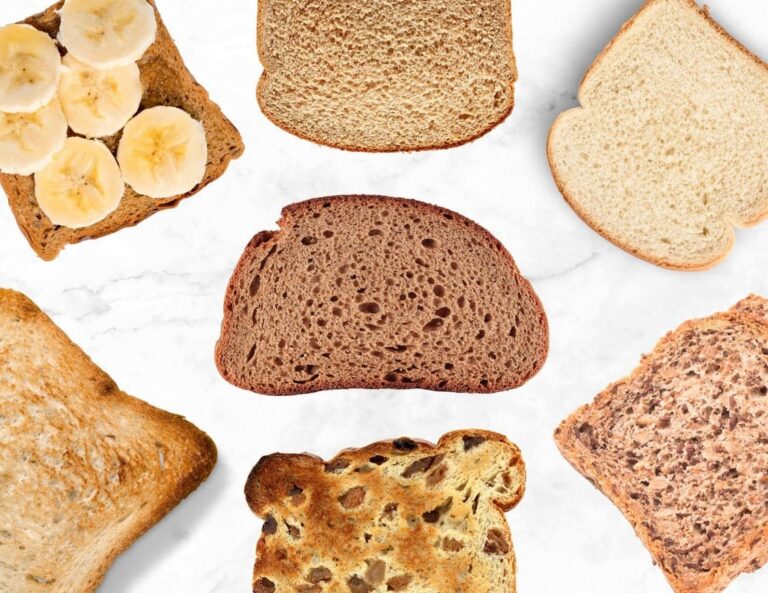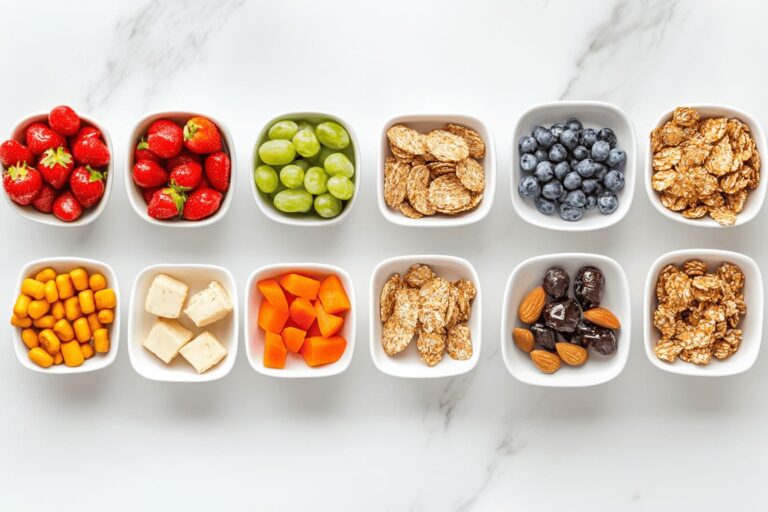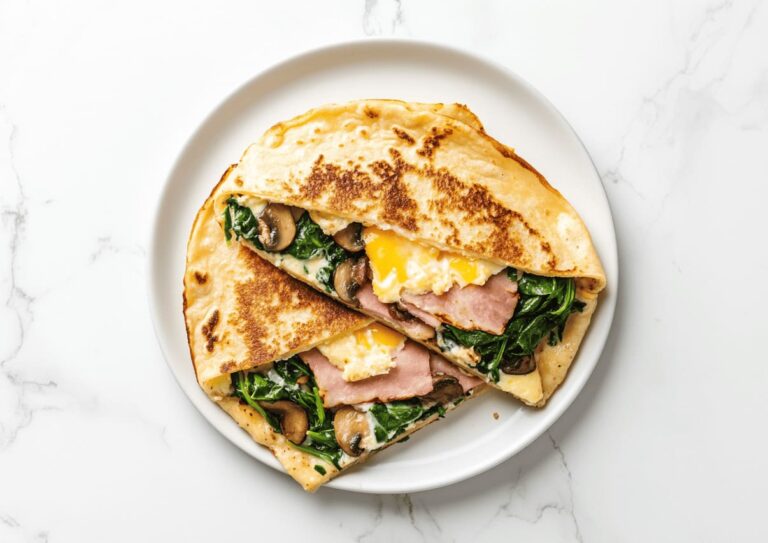(Free PDF Download) 1 to 3 Month Pregnancy Diet Chart
This post may contain affiliate links. That means if you click and buy, I may receive a small commission (at zero cost to you). Please see my full disclosure policy for more details.
Eating for two? Let’s do it right with my 1 to 3 Month Pregnancy Diet Chart (PDF free download available), highlighting essential nutrients, meal ideas, and foods to include or avoid.

Congratulations! The moment you’ve been waiting for is here—you’re growing a tiny human! But now comes the big question: what should you eat to give your baby the best start in life?
During the first three months, your baby is undergoing a whirlwind of development, from forming their brain and spinal cord to the early stages of their heart beating.
It’s magical, but it also means your body needs specific nutrients to support this journey.
In this guide, I’ll break down a practical and easy-to-follow guide to what your plate should look like in these early weeks. Let’s dive into building the perfect 1 to 3 month pregnancy diet chart that keeps you and your baby healthy and thriving.
You may be interested: Month-by-Month Pregnancy Diet Chart (packed with key nutrients, baby growth insights, and monthly meal ideas)
Key Nutrients
The first trimester is a time of incredible transformation—for both mom and baby.
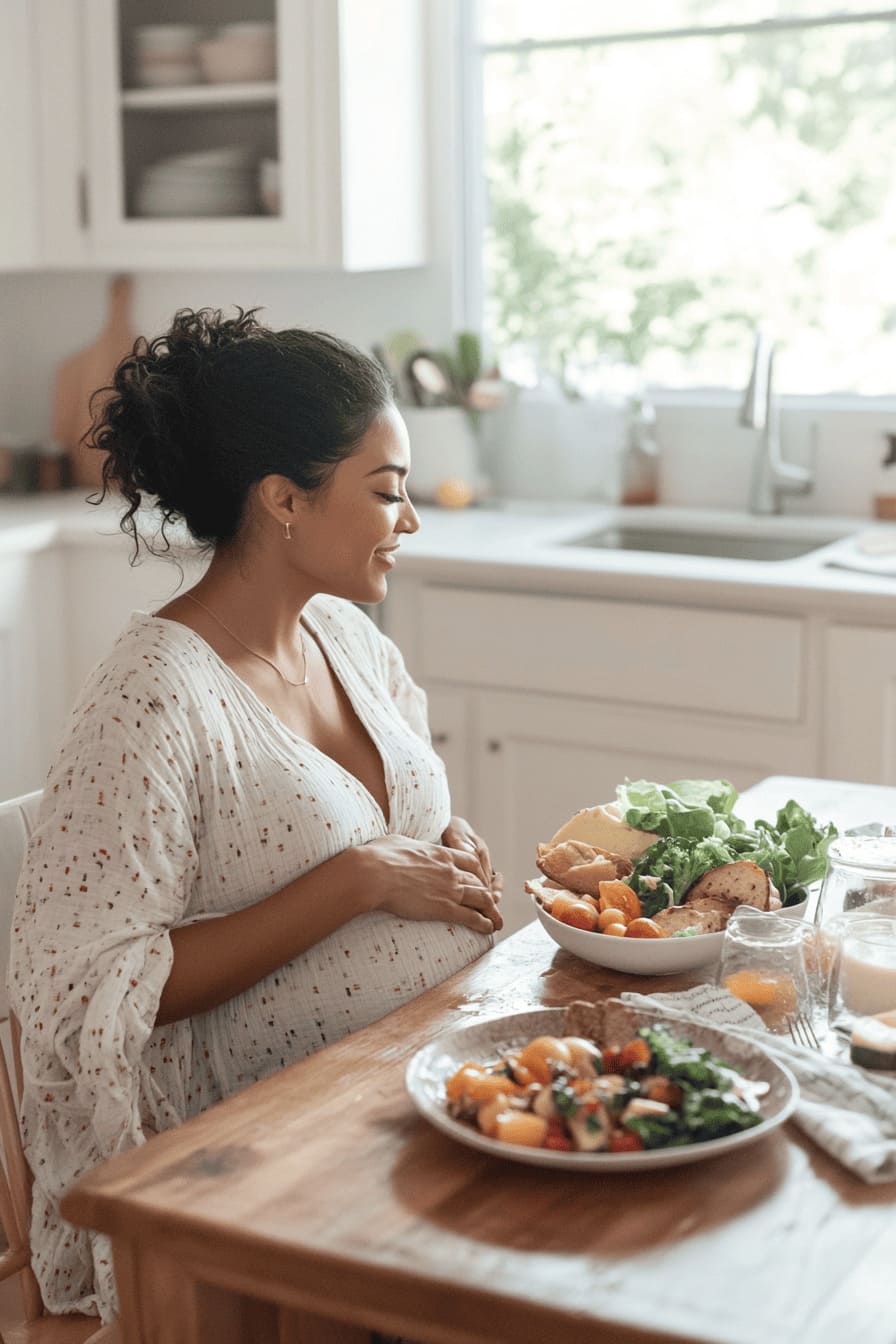
While calorie needs remain similar to your pre-pregnancy intake, the focus should shift to quality over quantity:
| Important Nutrients | Benefits | Food Sources | Recommended Daily Amount |
| Folic Acid | Prevents neural tube defects, supports brain and spinal cord development. | Dark green leafy greens, fortified cereals, citrus fruits, whole grain, legumes | 600–800 mcg |
| Iron | Increases blood volume, supports oxygen delivery to baby, prevents anemia. | Red meat, seafood, lentils, spinach, fortified grains, green leafy vegetables. | 27 mg |
| Calcium | Builds strong bones and teeth, supports muscle and nerve function. | Dairy products, fortified plant milks. | 1,000 mg |
| Vitamin D | Enhances calcium absorption, supports bone and immune health. | Fatty fish, fortified milk, egg yolks, mushrooms. | 600 IU |
| Protein | Supports cell growth, placenta development, and maternal tissue repair. | Eggs, lean meat, tofu, Greek yogurt, legumes. | 70–100 g |
| Omega-3 | Supports brain and eye development. | Fatty fish, walnuts, chia seeds, flaxseeds. | 650 mg |
| Vitamin B6 | Helps reduce nausea and supports protein metabolism. | Poultry, bananas, potatoes, chickpeas. | 1.9 mg |
| Vitamin C | Boosts immune health, improves iron absorption, and supports tissue repair. | Fruits and vegetables, bell peppers, strawberries. | 85 mg |
| Fiber | Prevents constipation and promotes digestive health. | Whole grains, fruits, vegetables, beans. | 25–30 g |
This table provides a comprehensive 1 to 3 month pregnancy diet chart to the nutrients that are critical during the first trimester, ensuring you and your baby thrive during this transformative phase.
If you love this table, I have it in printable PDF for you to download here ↓↓
Month 1 (Weeks 1-4): Building the Foundation
Your baby is very tiny—about the size of a poppy seed. The neural tube (brain and spinal cord) begins forming by week 3, and the heart starts beating by week 4.
Meanwhile, your body undergoes hormonal shifts, causing fatigue, tender breasts, and bloating as it supports early pregnancy.
Key nutrients like folic acid for neural development, iron for increased blood volume, Vitamin B6 for reduced nausea, and omega-3s for brain development are essential.

Month 2 (Weeks 5-8): Rapid Organ Development
Your baby is about the size of a blueberry! The baby’s major organs (heart, liver, lungs, kidneys) start to develop.
For you, hormonal changes might bring nausea, fatigue, or mood swings, while your uterus starts expanding.
Keeping all the nutrients mentioned above, you may also want to add calcium and vitamin D for bone formation, protein for cell growth and fiber to ease constipation, a common early symptom in pregnancy.

Month 3 (Weeks 9-12): Growth and Refinement
Your baby is now about the size of a plum, with tiny fingers and toes fully formed and organs like the kidneys and liver starting to function. The heartbeat becomes stronger, and your baby begins small movements, even though you can’t feel them yet.
For you, nausea might ease up, but you may notice weight gain, mood swings, and changes in your skin or hair.
Nutritional needs during the third month of pregnancy are the same as with two previous ones, the only difference is that the dosage may differ. Please always consult a healthcare professional to identify your nutritional requirements and get personal guidance on recommended dosage.

Love what you are reading so far? Grab a PDF summary here ↓↓
Foods to Include
What is the best food for the first 3 months of pregnancy?

| Food Category | Food Source | Benefits | Servings/Day |
| Leafy Greens | Spinach, kale, broccoli, arugula | Prevents neural tube defects and supports bone health. | 2-3 servings (1 serving = 1 cup) |
| Lean Proteins | Eggs, chicken, turkey, tofu, beans, lentils | Muscle and tissue growth, and immune health. | 2-3 servings (1 serving = 3 ounces, size of a deck of cards, ½ cup, 1 large egg) |
| Whole Grains | Brown rice, quinoa, oats, whole wheat bread | Sustained energy and digestive health. | 3 servings (1 serving = ½ cup or 1 slice) |
| Dairy or Fortified Alternatives | Milk, yogurt, fortified plant milks (almond, soy) | Bone and teeth development. Muscle and immune health. | 3-4 servings (1 serving = 1 cup) |
| Fruits | Oranges, bananas, berries, apples, mangoes | Immune health and digestion. | 2-3 servings (1 serving = ½ cup) |
| Nuts and Seeds | Almonds, walnuts, chia seeds, flaxseeds, pumpkin seeds | Supports brain development and boosts energy levels. | 1-2 servings (1 serving = ⅓ cup nuts, ¼ cup seeds) |
| Healthy Fats | Avocados, olive oil, salmon, walnuts, flaxseeds | Fetal brain and eye development. | 1 serving (1 serving = 1 tsp oil, 3 ounces, ⅓ cup nuts, ¼ cup seeds) |
These foods help meet the nutritional needs of both mom and baby during the first trimester, contributing to healthy growth and development. Be sure to enjoy a variety to get a broad range of essential nutrients.
Related: Month-by-Month Pregnancy Diet Chart (packed with key nutrients, baby growth insights, and monthly meal ideas)
Foods to Avoid

Here’s a quick guide to foods you should steer clear of to keep both you and your baby safe during pregnancy:
- Raw or Undercooked Meats
- Avoid sushi, oysters, rare meat and undercooked fish due to the risk of foodborne illnesses like toxoplasmosis, salmonella, and listeria.
- Deli Meats and Processed Meats
- Can carry listeria, which poses a risk of miscarriage or stillbirth.
- Unpasteurized Dairy and Juices
- Avoid raw milk, soft cheeses (brie, camembert), unpasteurized juices. May contain bacteria like listeria or E. coli, harmful to your baby’s development.
- Raw or Undercooked Eggs
- Risk of salmonella; skip foods like homemade mayonnaise or raw batter.
- High-Mercury Fish
- Avoid shark, swordfish, king mackerel, and tilefish, which can affect fetal brain development.
- Opt for low-mercury fish like salmon, catfish, shrimp, and canned light tuna.
- You can learn more from FDA’s advice about eating fish. Pretty good article!
- Alcohol
- No safe level during pregnancy; it can lead to fetal alcohol spectrum disorders.
- Excess Caffeine
- Limit to 200 mg/day (about one cup of coffee) to reduce miscarriage risk and avoid low birth weight.
Always prioritize safe food practices, including washing produce thoroughly, cooking foods to proper temperatures, and avoiding cross-contamination in the kitchen.

Managing Common Symptoms
Every woman’s pregnancy journey is unique. For me, the hardest symptom to manage during my first trimester was bloating, while I was fortunate enough to experience minimal nausea and vomiting.
If you’re struggling with any of these common symptoms, you’re not alone.
Below are some practical diet tips to help manage these symptoms:
- Nausea and Morning Sickness
- Eat small, frequent meals every 2-3 hours.
- Try ginger-based foods or drinks (ginger tea, ginger ale, ginger chews).
- Stick to bland, easy-to-digest foods like crackers, toast, or rice.
- Avoid spicy, greasy, and strong-smelling foods.
- Fatigue
- Include iron-rich foods like lentils, spinach, and lean meats.
- Eat protein at every meal to sustain energy, such as eggs, beans, and nuts.
- Incorporate whole grains like quinoa, brown rice, and oats for long-lasting energy.
- Drink plenty of water to stay hydrated and help combat tiredness.
- Heartburn and Indigestion
- Avoid acidic foods (citrus, tomatoes) and spicy dishes that can trigger heartburn.
- Opt for smaller meals throughout the day rather than large meals.
- Stay upright for at least 30 minutes after eating to prevent acid reflux.
- Constipation
- Add high-fiber foods like whole grains, fruits (apples, pears), and vegetables (broccoli, spinach).
- Drink plenty of fluids to help keep things moving.
- Food Cravings and Aversions
- Balance cravings by finding healthier alternatives, like fruit instead of candy or air-popped popcorn instead of chips.
- Focus on foods you can stomach that provide key nutrients like folic acid, calcium, and protein.
Sample 1-Day Diet Plan
What should a pregnant woman eat for breakfast, lunch, and dinner?
These meal options are designed to keep you nourished and energized throughout the day while addressing common first-trimester symptoms like nausea, fatigue, and bloating.
You can swap similar items based on what feels best for your body during this early stage of pregnancy.
Early Morning (Upon Waking Up):

- A glass of water with lemon to hydrate and soothe the stomach
- Warm water with a teaspoon of ginger to help with nausea
Breakfast:

- Scrambled eggs with spinach and tomatoes on whole grain toast
- Oatmeal topped with strawberries, chia seeds and almond butter
- Whole grain toast with avocado and an egg
- Greek yogurt with mixed berries and a sprinkle of flaxseeds
Mid-Morning / Afternoon Snack:
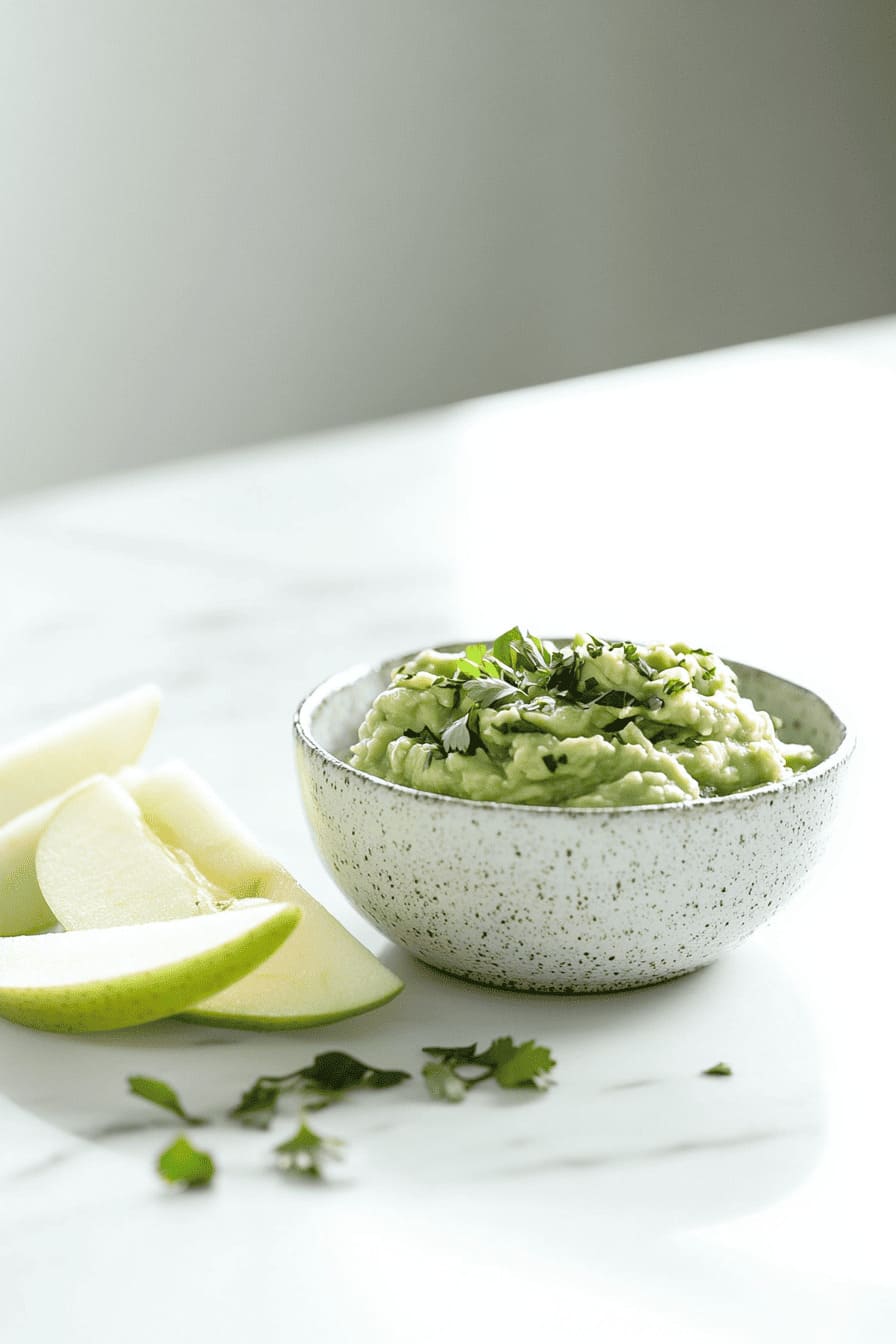
- A handful of almonds and walnuts
- Apple slices with guacamole
- Carrot sticks with hummus
- A boiled egg with a small handful of mixed nuts
Lunch:

- Grilled chicken salad with mixed greens (spinach, arugula), cucumber, and cherry tomatoes
- Quinoa bowl with roasted vegetables, chickpeas, and a lemon-tahini dressing
- Turkey and veggie wrap in a whole grain tortilla
- Lentil soup with a side of whole-grain crackers
Dinner:

- Baked salmon with roasted sweet potatoes and broccoli
- Stir-fried tofu with brown rice and mixed vegetables
- Grilled chicken breast with sweet potato fries and a side salad
- Spaghetti made with whole wheat pasta, marinara sauce, and ground turkey
Evening Snack:
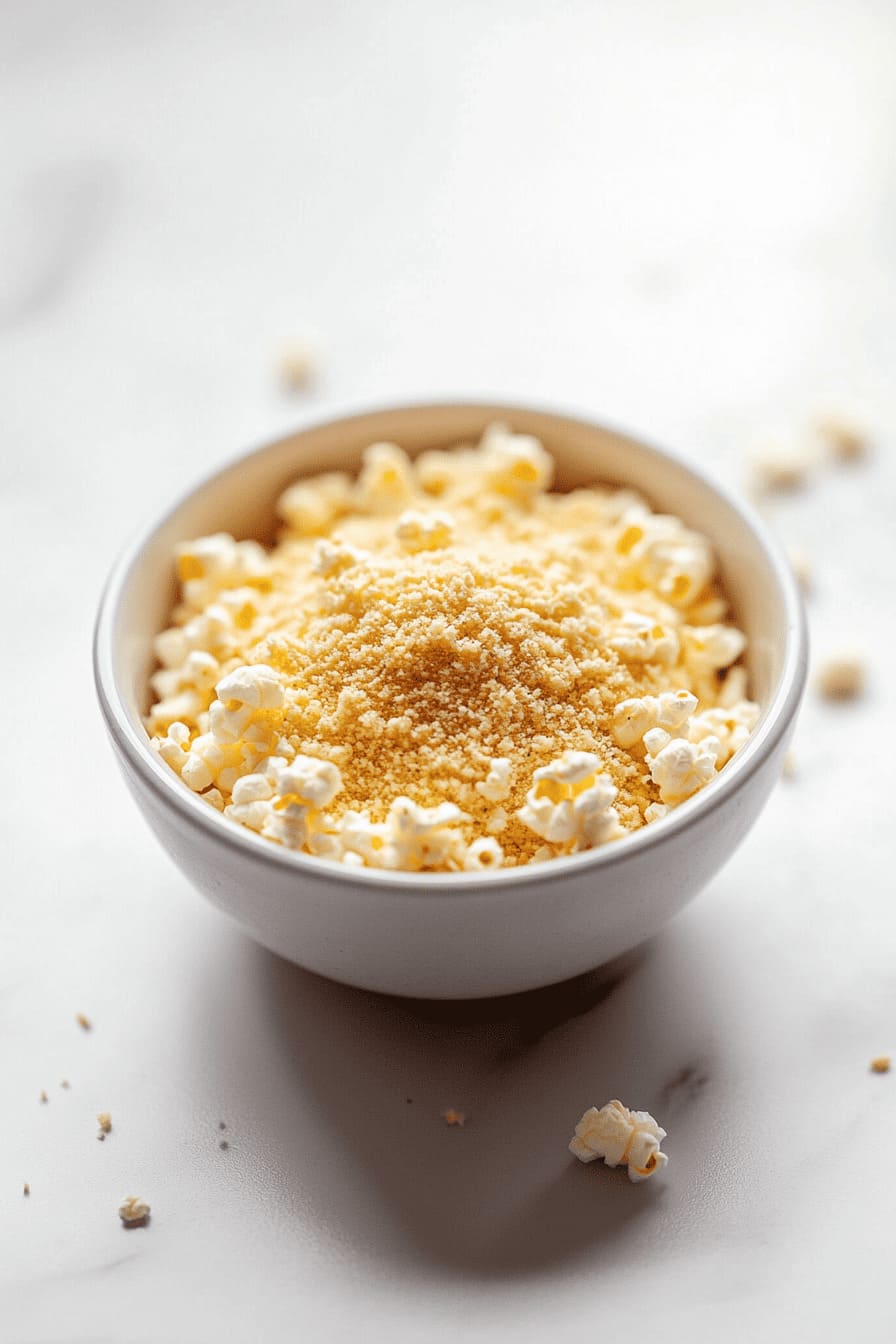
- Greek yogurt with a drizzle of honey and chia seeds
- A small handful of dark chocolate (70% cocoa or higher)
- Cottage cheese with cucumber slices and a pinch of salt
- Air-popped popcorn with a sprinkle of nutritional yeast
Frequently-Asked Questions
Should I “eat for two”?
Eating for two can be dangerous because it can lead to excessive weight gain, gestational diabetes, high blood pressure and preeclampsia. Overeating can also result in a larger baby (macrosomia), making delivery more challenging and increasing the baby’s risk of obesity and metabolic issues later in life.
Focus on eating twice as healthy, not twice as much. Focus on nutrient-dense foods and avoid excessive weight gain
How can I manage my weight gain during pregnancy?
Focus on eating nutrient-rich foods, staying active (with your doctor’s approval), and following your healthcare provider’s guidelines for a healthy weight gain that supports both you and your baby.
Can I exercise during pregnancy?
Exercise is generally safe and beneficial during pregnancy, but it’s important to consult your healthcare provider. Activities like walking, swimming, and prenatal yoga can help manage weight gain and improve overall health.
Should I take supplements during pregnancy?
Prenatal vitamins are often recommended to ensure you get the necessary nutrients like folic acid, iron, and calcium. Always follow your doctor’s guidance regarding supplements.
Final Thoughts
The first trimester is a crucial time for both you and your growing baby. With the right balance of nutrients, you can help manage common symptoms, promote fetal development, and boost your own energy levels during this important stage.
To make your journey even easier, I’ve created a comprehensive 1 to 3 Month Pregnancy Diet Chart (PDF free download) in a high-definition, printable format. This makes it super convenient to hang on your fridge for quick reference whenever you need it.
Grab your free, printable HD-version 1 to 3 Month Pregnancy Diet Chart now and start nourishing your body and baby today!


